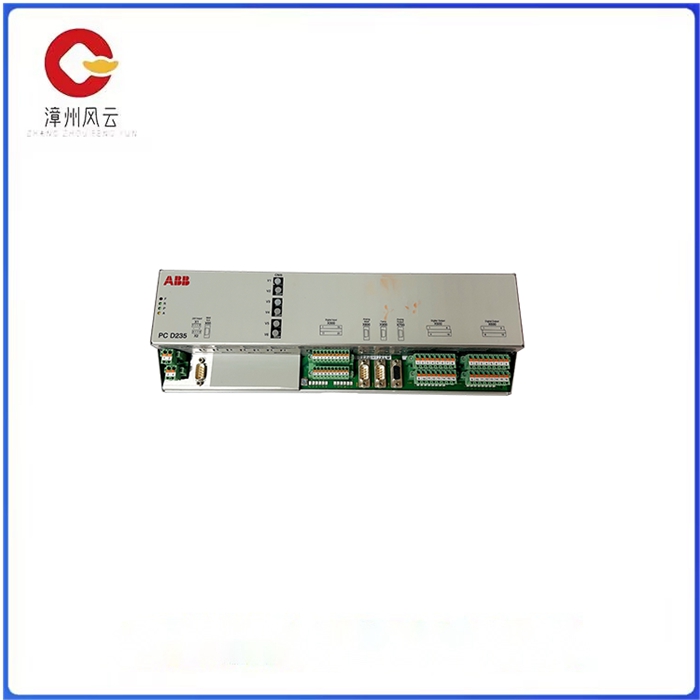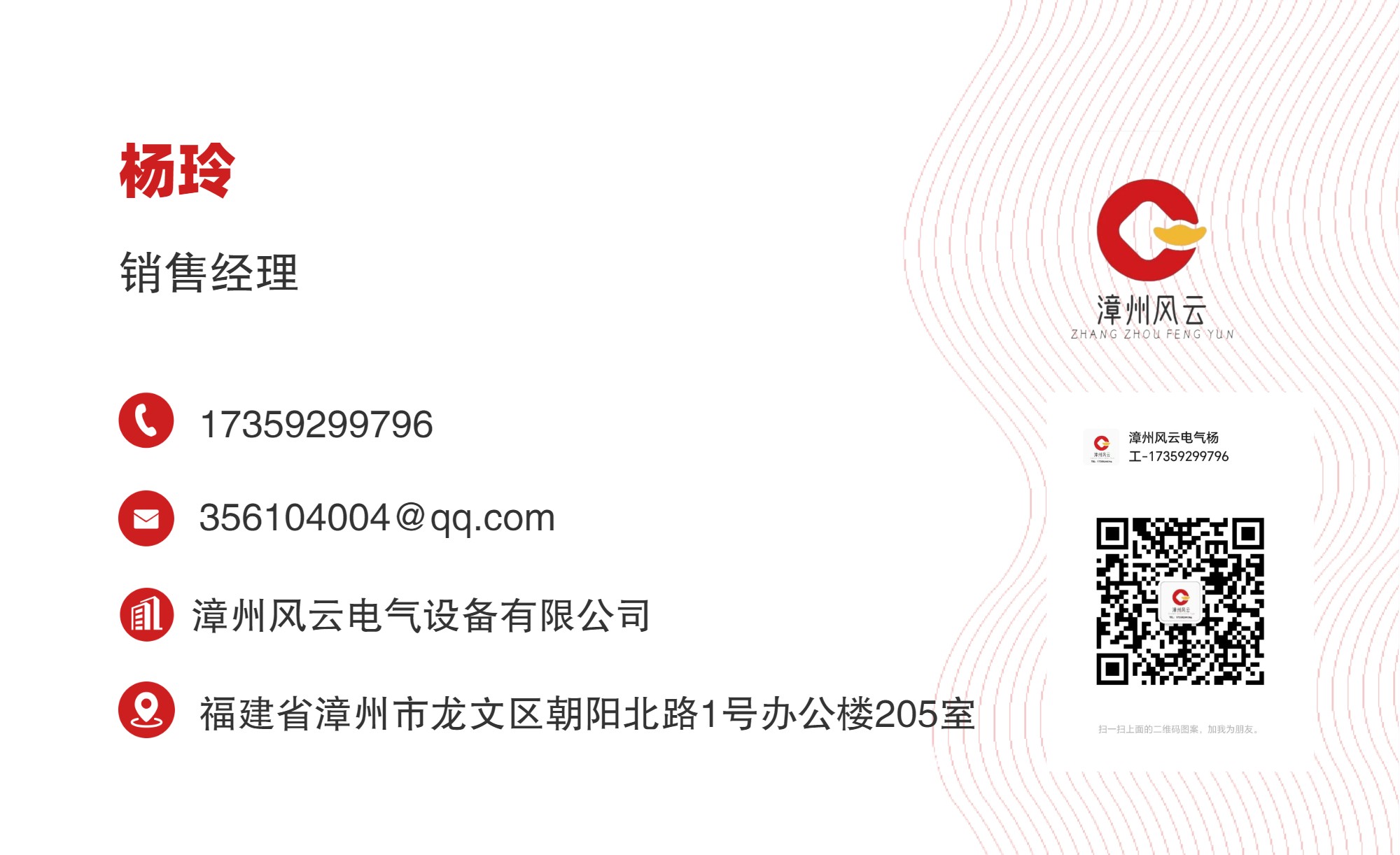 手机:17350880093
手机:17350880093— 产品中心 —
 全国免费客服电话 17350880093
全国免费客服电话 17350880093 邮箱:sales@flplc.cn
手机:17350880093
电话:17350880093
地址:福建省漳州市龙文区朝阳北路1号办公楼205室
PCD230A1013BHE022291R0101励磁通讯模块一、励磁控制系统励磁控制器的控制方式主要有:自适应模式控制(AutomaticMulti-Time
产品详情
一、励磁控制系统
励磁控制器的控制方式主要有:自适应模式控制(AutomaticMulti-TimeMulti-Charge)、无功补偿和过负荷补偿。励磁控制系统可分为无功控制系统(EMI)和无功补偿系统(DMTC)。其中 EMI主要由无功功率补偿器件组成,采用无功功率法进行补偿; DMTC则主要是采用电流互感器进行补偿,通常采用三相补偿或两相半补偿方式进行补偿; DMTC常用于一些不需要频繁起动或无功电流不足的场合,但如果有超过励磁电流频率较高的场合;而 DMTC是一种由三相补偿组成的整流驱动装置,可用于电流谐波含量较低的场合时进行控制;同时,随着控制技术的发展和应用范围的扩大,现在 DMTC已基本取代传统无功补偿装置而应用于无功补偿方面;目前 ABB生产环境较为复杂;所以使用寿命比较短;对功率因数较低、电流谐波含量较高且频率较高的场合则不能采用 FCWS系统进行补偿方案了;需要控制励磁电流的环境参数如:磁通密度等;需要对无功补偿的场合:如风机、发电机等;需要对励磁电流频率的应用场合:如电机、电动机控制器等。通过上述控制手段来达到控制无功、电流和频率的目的。励磁控制系统由励磁调节电路和励磁通量显示调节器构成。其中励永磁交流驱动器起驱动作用。
二、励磁控制原理
励磁体的输出是直流电,因此它受交流电的影响很小。但是如果对电网有较大的冲击、过电压或短路电流等情况下,励磁控制系统就不能稳定工作,而且当电网出现较大频率偏离时,励磁控制器容易出现暂态过电压现象,造成电网冲击、过电压事故及断路器跳闸。另外励磁控制系统若控制精度差时,也会出现过电压或短路现象。由于励磁控制器本身不工作,其控制系统(TS)就处于中间状态。因此其控制信号直接反馈到控制系统(TP)上。当励磁控制器输出信号为零时,励磁控制器不能将其作为负载(如:变频器)来使用,只有当信号经交流驱动器发出时,励磁体才能作为负载使用并产生作用于电网频率、电压以及电流的控制信号来实现对电网电压、电流的调节及控制功能(如:变频器)。


1. Excitation control system
The main control modes of excitation controller are: adaptive mode control (automatic multi-timemulti-charge), reactive power compensation and overload compensation. Excitation control system can be divided into reactive power control system (EMI) and reactive power compensation system (DMTC). EMI is mainly composed of reactive power compensation devices, which are compensated by reactive power method. DMTC is mainly compensated by current transformer, usually by three-phase compensation or two-phase semi-compensation. DMTC is often used in some occasions that do not require frequent starting or insufficient reactive current, but if there is a higher frequency of excitation current; DMTC is a kind of rectifier drive device composed of three-phase compensation, which can be used to control the current harmonic content in the case of low; At the same time, with the development of control technology and the expansion of application range, DMTC has basically replaced the traditional reactive power compensation device and applied in reactive power compensation. At present, ABB's production environment is relatively complex; So the service life is relatively short; When the power factor is low, the current harmonic content is high and the frequency is high, the FCWS system can not be used to compensate the scheme. Need to control the excitation current of the environment parameters such as: magnetic flux density; Need to compensate for reactive power occasions: such as fans, generators, etc.; Need to field current frequency applications: such as motor, motor controller, etc. The purpose of controlling reactive power, current and frequency is achieved by the above control means. The excitation control system is composed of the excitation regulating circuit and the excitation flux display regulator. The excitation permanent magnet AC driver plays the driving role.
Two, excitation control principle
The output of the exciter is direct current, so it is very little affected by alternating current. However, if there is a large impact on the power grid, overvoltage or short circuit current, the excitation control system can not work stably, and when the power grid has a large frequency deviation, the excitation controller is prone to transient overvoltage phenomenon, resulting in power grid impact, overvoltage accident and circuit breaker trip. In addition, if the control accuracy of the excitation control system is poor, there will be overvoltage or short circuit phenomenon. Since the excitation controller itself does not work, its control system (TS) is in an intermediate state. Therefore, its control signal is directly fed back to the control system (TP). When the excitation controller output signal is zero, the excitation controller can not be used as a load (such as: frequency converter), only when the signal is sent by the AC driver, the exciter can be used as a load and produce a control signal that acts on the grid frequency, voltage and current to achieve the regulation and control function of the grid voltage and current (such as: frequency converter).

相关推荐